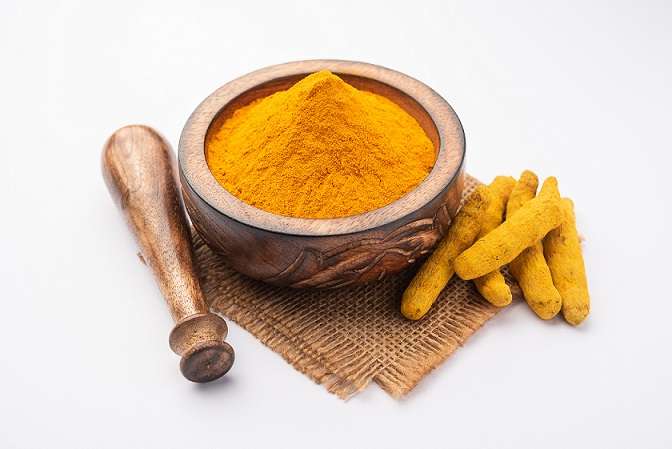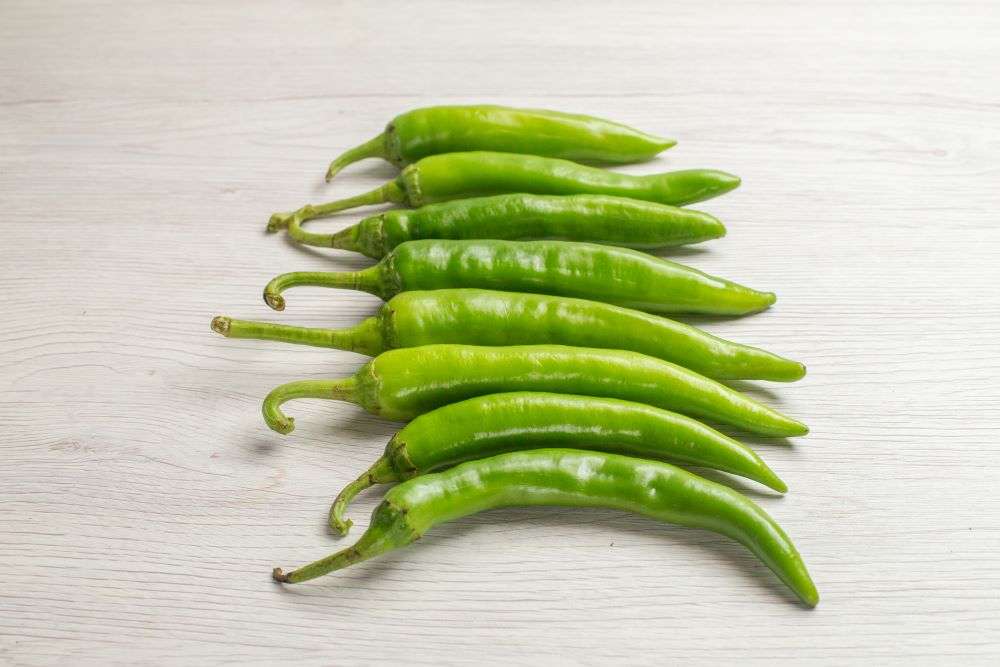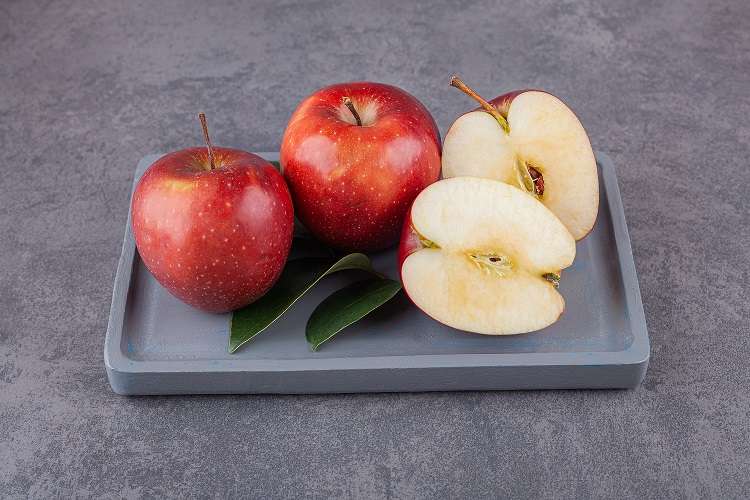Oranges—bright, juicy, and refreshing—are a favorite in diets worldwide, consumed as fresh fruit, juice, and in countless culinary applications. However, their journey from orchard to consumer is highly temperature-sensitive, impacting yield, quality, and market value. For global exporters, temperature control is a key factor in maintaining profitability and ensuring a stable supply.
Nagpur, known as India’s “Orange City,” is facing a deep crisis as rising temperatures, extreme weather, pests, water and labor shortages, and post-harvest losses all threaten traditional orange orchards. Farmers warn that their famed “Nagpur oranges” might soon lose viability in the region if these climate-driven stresses continue.
–DTE
How Temperature Affects Orange Growth and Market Quality
Oranges thrive in carefully balanced environmental conditions, with temperature playing a vital role in each growth stage.
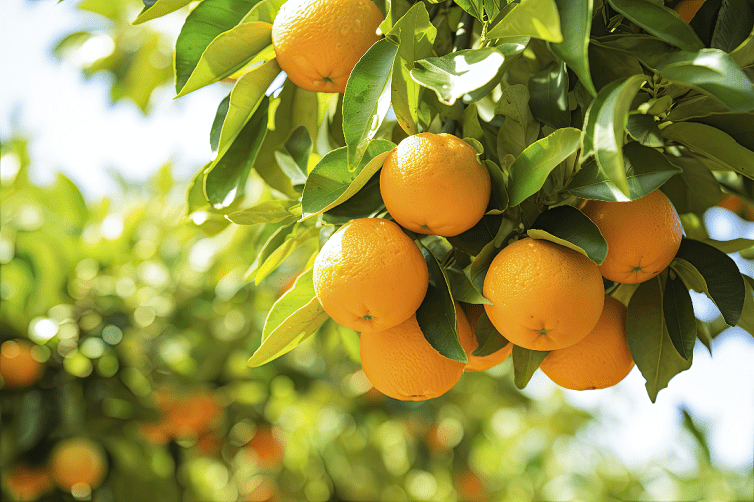
- Flowering & Fruit Set: Citrus trees perform best at temperatures between 15°C and 25°C (59°F–77°F). Below this range, flower development weakens, reducing fruit set. Extreme heat, on the other hand, leads to premature flower drop, directly affecting global production volumes.
- Fruit Growth & Maturation: Warmer temperatures accelerate fruit growth, allowing for quicker harvests. However, prolonged exposure to excessive heat results in sunburn, causing blemishes, leathery textures, and taste alterations—making fruit less marketable.
- Sugar Balance & Acidity: The desired sweet-tart balance in oranges depends on warm days and cool nights. Temperature inconsistencies during maturation can disrupt sugar accumulation and acidity levels, affecting overall flavor and consumer preference worldwide.
Post-Harvest Temperature Sensitivity
Once harvested, oranges remain metabolically active and susceptible to external temperature conditions. Proper handling and storage are crucial to preventing deterioration.
Chilling Injury: The Cold’s Silent Damage
Exposure to temperatures below 0°C to 10°C (32°F–50°F) during transport and storage can cause chilling injury, resulting in:
- Pitting: Small, sunken spots that reduce fruit appeal.
- Brown Discoloration: Internal and external tissue browning, leading to lower consumer acceptance.
- Off-Flavors: Cold stress alters natural enzymes, creating undesirable taste changes.
- Weakened Resistance: Chilled fruit becomes more vulnerable to fungal infections.
- Ripening Issues: Some oranges fail to develop their full color or flavor post-chilling, frustrating buyers.
Heat Damage: Overheating Risks in Transit
Excess heat during shipping and storage can significantly impact orange quality:
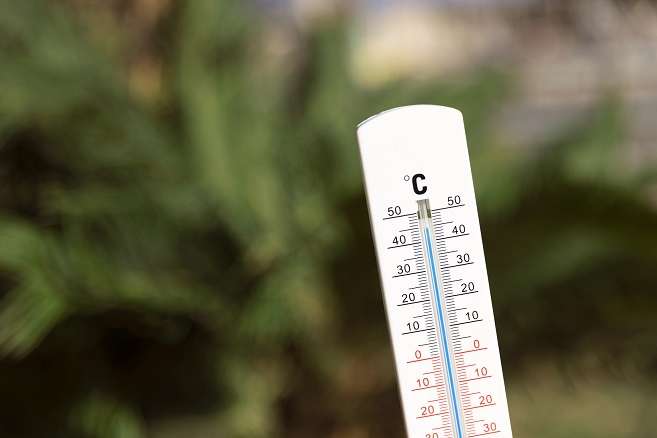
- Skin Breakdown: Softening and shriveling make fruit unattractive for buyers.
- Flesh Deterioration: Heat exposure can cause internal breakdown, leaving mushy or bitter-tasting fruit.
- Moisture Loss and Nutrient Depletion: As the respiration rate increases under high temperatures, oranges lose moisture more rapidly and expend vital nutrients faster. This not only reduces their juiciness and nutritional value but also compromises taste and marketability.
- Early Ripening: Excess heat increases ethylene production, causing premature ripening and spoilage before fruit reaches international markets.
Moisture & Decay: The Hidden Risk of Climate Shifts
Oranges transported across different climate zones face sudden temperature changes, causing condensation to form on their skin. This moisture creates an ideal environment for mold and bacterial growth, increasing spoilage rates and financial losses.
Strategies for Temperature Control Across the Supply Chain
To minimize losses and ensure premium fruit quality, each stakeholder in the global orange trade must take proactive measures:
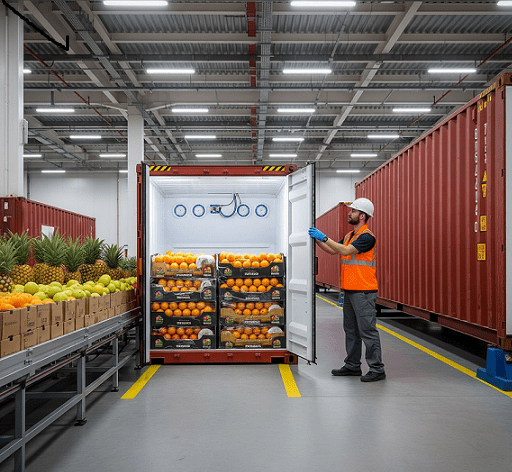
- Growers: Implement shading, wind barriers, and frost protection to mitigate temperature stress. Optimal harvesting times help reduce post-harvest damage.
- Packers & Distributors: Maintain controlled environments using refrigerated storage and insulated transport to prevent chilling injury and heat damage.
- International Traders & Importers: Ensure proper temperature management upon arrival and maintain cold-chain logistics for consistent fruit preservation.
- Consumers: Store oranges in cool, dry conditions—preferably in the refrigerator—to extend freshness. Avoid exposing them to direct sunlight or excessive heat in vehicles and storage areas.
Protecting a Global Commodity
Oranges might seem robust, but their journey from orchard to consumer is delicate. Effective temperature management ensures high-quality exports, preserves flavor and nutritional value, and protects market stability. By understanding and mitigating temperature risks, stakeholders across the supply chain—from growers to consumers—can safeguard this beloved fruit, ensuring it remains fresh and enjoyable worldwide.



